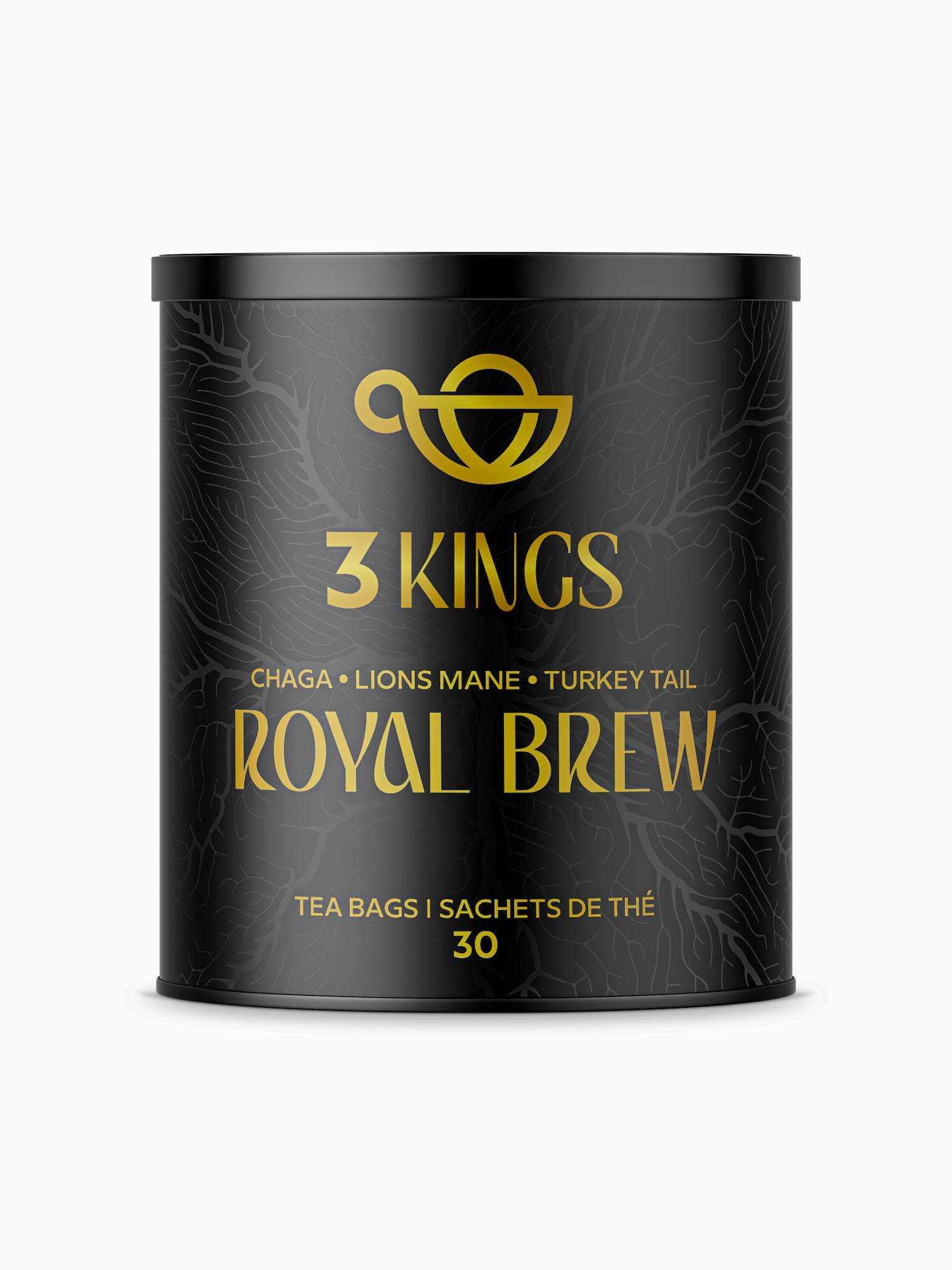Domino’s, the world’s largest pizza company, has recently announced a partnership with Uber to list its menus on the Uber Eats and Postmates delivery apps in the US. This move comes after Domino’s has been a notable holdout in the shift towards third-party delivery apps in the country. While the company will still rely on its own drivers for delivery, listing its menus on these popular apps is expected to expose Domino’s to a wider customer base.
By partnering with Uber, Domino’s aims to increase its reach and attract more potential customers. The company recognizes the growing popularity of food delivery apps, especially during the COVID-19 pandemic, which has led to a surge in app-based orders. This partnership will allow Domino’s to tap into Uber’s large consumer base and expand its sales and market presence.
Initially, the rollout of Domino’s menus on the Uber Eats and Postmates apps will occur in four pilot markets, including Las Vegas. The plan is to make the menus available nationwide by the end of the year. This agreement also extends internationally, where the two companies already share 27 international markets, covering approximately 70% of Domino’s global stores.
This collaboration with Uber will provide Domino’s with valuable data on delivery efficiency and incrementality. Domino’s CEO, Russell Weiner, stated that the company will still maintain its own platform, offering exclusive deals and its renowned loyalty program. The partnership with Uber includes an exclusivity period of one year, highlighting the commitment between the two companies.
Uber CEO Dara Khosrowshahi expressed excitement about the partnership and the opportunity to be Domino’s exclusive third-party marketplace partner in the US while making their menu available worldwide. The mutual goal is to provide customers with the convenience, technology, and experience that both brands are known for.
While some pizza chains, such as Papa John’s and Pizza Hut, have already been collaborating with third-party delivery apps in the US, Domino’s decision to join in was influenced by the potential for increased sales. Studies show that listing on these apps can boost sales but may impact profit margins and disrupt the direct relationship between restaurant and customer. However, Domino’s is confident that this partnership will bring substantial benefits and growth opportunities.
Notably, some industry insiders have observed that the absence of Domino’s from delivery apps has driven customers towards other pizza chains. Executives at Toppers Pizza, a Wisconsin-based chain, remarked that the absence of Domino’s from these platforms has actually resulted in increased sales for their own business. This implies that by listing on Uber’s apps, Domino’s might regain some lost customers and bolster its market position.
The COVID-19 pandemic has significantly contributed to the increased popularity of food delivery apps. As direct orders to restaurants have plateaued, sales through third-party apps continue to soar. Market research firm Circana estimates that approximately 14% of pizza sales were made through these apps in the 12 months leading up to May 2021, representing a considerable increase from the pre-pandemic figure of 4%. Uber’s head of delivery for the Americas, Sarfraz Maredia, believes that this partnership will bring a large number of new customers to Domino’s, with the potential to increase their order frequency and make Domino’s their top choice when craving pizza.
In conclusion, Domino’s decision to partner with Uber and list its menus on the Uber Eats and Postmates apps marks a significant shift in the company’s strategy. By embracing third-party delivery apps, Domino’s aims to expand its reach and attract new customers. This collaboration with Uber not only benefits Domino’s in terms of exposure and market presence but also allows Uber to offer its consumers a wide range of menu options from a highly recognized pizza brand. As the rollout begins this autumn, Domino’s anticipates positive results and sustained growth in the highly competitive food delivery market.











